Seasonal Affective Disorder (SAD) is a type of depression linked to shorter fall/winter days. Symptoms include excessive sleeping, increased appetite, focus issues, and hopelessness. Causes are believed to involve sunlight exposure disruption affecting brain's circadian rhythm and neurotransmitters. Effective depression treatment programs include light therapy, CBT, medication, regular exercise, balanced diets, and social support. Light therapy mimics outdoor light, CBT targets negative thought patterns, medication balances brain chemicals, lifestyle changes boost mood and energy, and social connections combat isolation. Alternative approaches like bright light exposure and CBT also show promise alongside traditional therapies.
“Seasonal Affective Disorder (SAD) is a common yet often overlooked form of depression, triggered by seasonal changes. This article offers a comprehensive guide to various effective SAD treatment programs. From light therapy—a non-invasive approach using artificial light—to cognitive behavioral therapy (CBT), which targets negative thoughts, and lifestyle adjustments for year-round well-being, we explore diverse strategies. Additionally, we delve into medication options, social support, alternative treatments, and more, providing insights into managing SAD and improving overall mental health.”
Understanding Seasonal Affective Disorder (SAD)
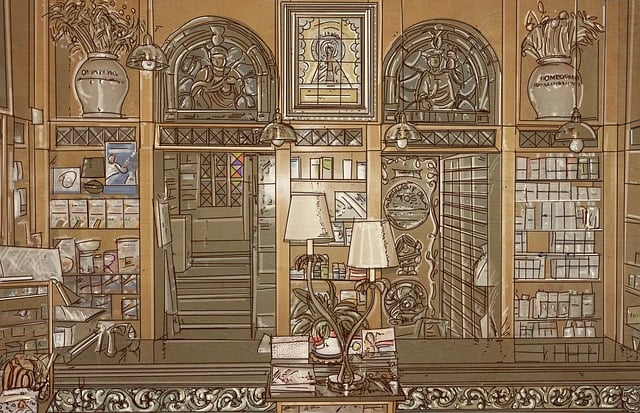
Seasonal Affective Disorder (SAD) is a type of depression that follows a seasonal pattern, typically occurring during the fall and winter months when days grow shorter. It’s more than just feeling sad or blue; SAD significantly impacts daily functioning, affecting energy levels, appetite, sleep patterns, and overall mood. Understanding this disorder is crucial for effective treatment.
Individuals with SAD often experience symptoms such as excessive sleeping, increased appetite leading to weight gain, difficulty concentrating, and feelings of hopelessness. While the exact causes vary from person to person, it’s believed that changes in sunlight exposure disrupt the brain’s circadian rhythm and neurotransmitter balance, playing a significant role in the onset of symptoms. Fortunately, various depression treatment programs have proven effective in managing SAD, including light therapy, cognitive-behavioral therapy (CBT), medication, and lifestyle adjustments like regular exercise and maintaining a balanced diet.
Light Therapy: A Non-Invasive Approach
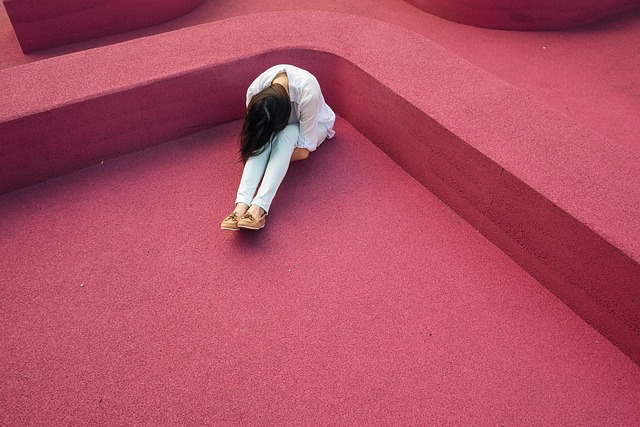
Light therapy, also known as phototherapy, is a non-invasive approach that has proven effective in treating seasonal affective disorder (SAD). This treatment involves exposure to bright light that mimics natural outdoor lighting, helping to regulate the brain’s internal clock and stimulate mood-boosting neurotransmitters like serotonin. By sitting near a specialized light box for a set period each day, typically 20-30 minutes, individuals with SAD can experience significant improvements in their symptoms.
Compared to other depression treatment programs, light therapy offers several advantages. It is generally safe and well-tolerated, with minimal side effects. Additionally, it can be easily incorporated into daily routines, making it a convenient option for many. The non-medication approach also reduces the risk of dependence or withdrawal symptoms often associated with pharmaceutical interventions, making light therapy an appealing choice for those seeking alternative treatments for seasonal depression.
Cognitive Behavioral Therapy (CBT): Targeting Thoughts
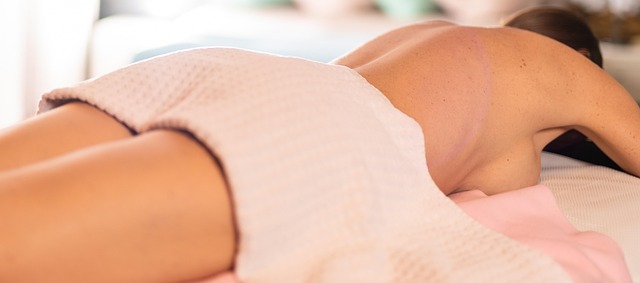
Cognitive Behavioral Therapy (CBT) is a highly effective depression treatment program that focuses on identifying and modifying negative thought patterns and behaviors. By targeting thoughts, CBT helps individuals challenge and replace distorted thinking with more realistic and positive ones. This process, known as cognitive restructuring, empowers people to manage their symptoms by changing the way they interpret and respond to seasonal changes in light exposure and mood.
Through structured discussions led by a trained therapist, CBT encourages patients to track their thoughts, emotions, and behaviors. By understanding the connection between these elements, individuals can learn to recognize and confront automatic negative thoughts (ANTs) that contribute to seasonal affective disorder (SAD). This evidence-based approach has shown significant success in alleviating depression symptoms, offering a powerful tool for those seeking effective depression treatment programs.
Medication: Prescribed Solutions for SAD
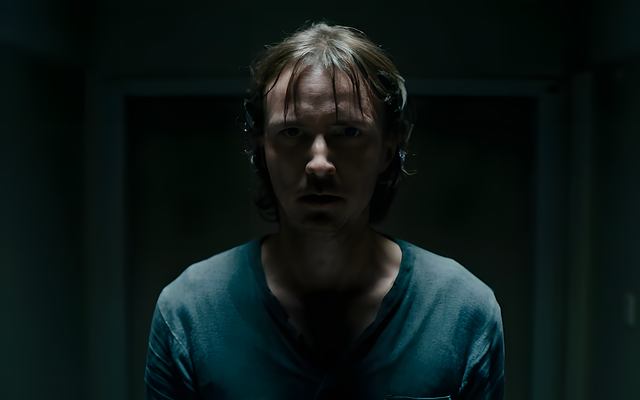
Medication plays a significant role in treating seasonal affective disorder (SAD), offering targeted solutions for managing symptoms. Antidepressant medications, particularly selective serotonin reuptake inhibitors (SSRIs), are commonly prescribed to balance brain chemicals that impact mood and energy levels. These drugs can help alleviate SAD’s debilitating effects, providing much-needed relief for those struggling during the colder months.
The choice of medication depends on individual needs and previous responses to treatments. Healthcare professionals carefully consider the potential benefits and side effects before prescribing, ensuring an effective depression treatment program tailored to each patient. Regular follow-ups are essential to monitor progress and adjust the medication as needed, creating a personalized approach to combat SAD.
Lifestyle Changes for Year-Round Well-Being
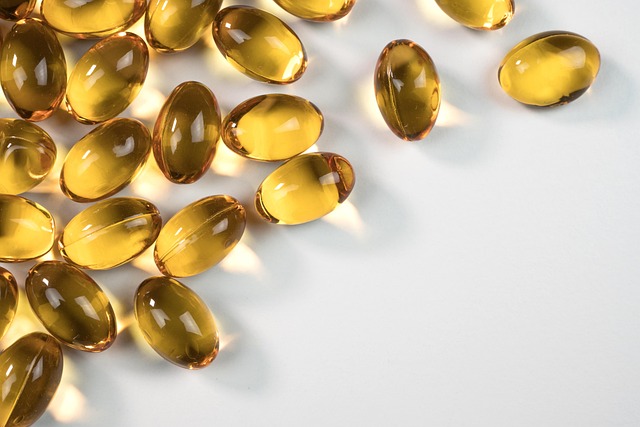
While seasonal affective disorder (SAD) is often managed through targeted depression treatment programs during specific seasons, adopting lifestyle changes can support year-round well-being. Regular exercise, for instance, has been shown to boost mood and alleviate symptoms of depression. Aim for at least 30 minutes of physical activity most days of the week, whether it’s a brisk walk, yoga session, or swim in a pool.
Healthy eating habits are another key component. A balanced diet rich in fruits, vegetables, whole grains, and lean proteins can improve energy levels and overall mental clarity. Additionally, prioritizing quality sleep—shooting for 7-9 hours each night—can significantly impact mood regulation. Consider establishing a relaxing bedtime routine to enhance sleep hygiene.
Social Support and Connection Strategies
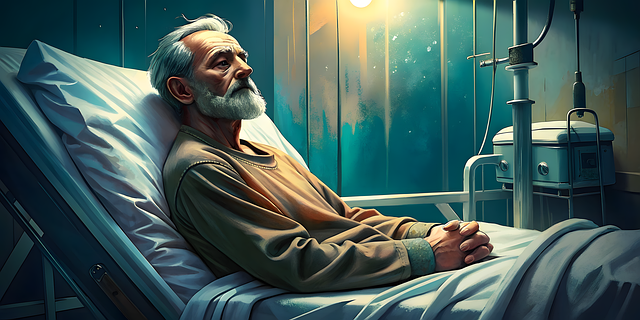
Social support is a crucial component in treating Seasonal Affective Disorder (SAD). Connecting with others can offer a sense of belonging and help combat feelings of isolation, which often accompany SAD symptoms. Encouraging individuals to participate in social activities, even during lower energy periods, can be a powerful tool in depression treatment programs. Building a strong support network involves engaging in regular conversations, sharing experiences, and fostering an environment where emotions can be openly expressed without judgment.
Connection strategies can take various forms, from joining community groups or participating in online forums dedicated to mental health awareness, to scheduling regular meetups with friends and family. These interactions provide opportunities for emotional validation, understanding, and the exchange of coping strategies. By integrating social support into depression treatment programs, individuals affected by SAD can navigate seasonal changes more effectively while fostering a sense of resilience and improved overall well-being.
Alternative Treatments: Exploring Complementary Methods

Many individuals seeking depression treatment programs often explore alternative, complementary methods alongside traditional therapies. These approaches can provide additional support and may even be game-changers for managing seasonal affective disorder (SAD). One such method is light therapy, where exposure to bright artificial light mimics natural outdoor light, helping to regulate mood and energy levels. This simple yet effective technique has been shown to reduce symptoms of SAD in many people.
Another promising alternative is cognitive behavioral therapy (CBT), which focuses on identifying and changing negative thought patterns. CBT helps individuals develop coping strategies to manage their depression during the colder months. Additionally, certain lifestyle adjustments, such as regular exercise, maintaining a balanced diet, and practicing mindfulness or meditation, can significantly enhance traditional treatment programs. These complementary methods empower folks to take control of their well-being, fostering resilience against seasonal changes that often trigger depressive episodes.
